Kerala Cuisine: A Melting Pot
Kerala, in the south-western part of India, is known for its rich heritage and cultural diversity. Situated along the Malabar coast, Kerala has had regular interaction with the West since ancient times. From the coming of the Arab traders to the Portuguese, and later the British, Kerala has witnessed it all. This greatly influenced the socio-cultural fabric of the region, making it one of the most diverse states of India.
Apart from the backwaters and its rich agricultural land, this state is popular for its mouthwatering cuisine. The cuisine of Kerala is known for its generous use of spices, coconuts and vegetables exclusively grown in the region. The variety of flavours in this cuisine range from spicy to mellow and sweet.
The soil of this region is conducive to the growth of paddy, coconut trees and vegetables such as bitter gourd, plantains, tapioca (kappa), taro (chembu) and elephant foot yam (chena). Widely cultivated in various parts of the state, rice dominates the dietary practices of the region. Most breakfast dishes such as Idli and Iddiappam are prepared using rice flour. Lunch and dinner meals also include rice to a large extent. Coconuts form the chief ingredient of the cuisine. No dish is complete without a slight hint of coconut in it. Interestingly, it is believed that Kerala derives its name from the two words, Kera (Coconut) and Alam (Land), and is thus known as the 'Land of coconuts'.
From shredded coconut to coconut milk, this ubiquitous ingredient is used in different forms and gives this cuisine a distinct flavour.
One of the major advantages that Kerala has had, geographically as well as historically, is its close proximity to the Arabian Sea. The proximity to the sea resulted not only in the flourishing of trade but also the fishing industry. Hence, fresh fish is found aplenty in the region. The prominent delicacies of Kerala cuisine include fish in a variety of ways- in spicy, tangy curries or simply fried in fresh coconut oil.
Kerala’s historical past has greatly shaped the eating habits of the region. There is no one kind of cuisine that the state is popular for. Food habits differ among different communities and the respective regions that they dominate. The coming of the Arabs, Romans, Portuguese and the British has had a direct influence on the cuisine of Kerala.
Kerala’s cuisine is a combination of both vegetarian and non-vegetarian dishes. The Hindu community within Kerala consists traditionally of vegetarians, but today a large number of them also include chicken, meat and seafood in their diet. Some of the known delicacies among the Hindu community include Idiappam (rice-noodle dish), Puttu (steamed dish made of powdered rice and grated coconut) and Kadala (bengal-gram) curry, Appam, Idli and Dosa. Idli and Dosa are best had with Sambar and coconut chutney. The main meal usually consists of rice accompanied with a gravy dish, Sambar, Pulisherry (curd-based dish) or Rasam, and one or more side dishes such as Avial, Thoran, Erisherry, Olan, Kalan, Pachadi, Kichadi etc. A combination of all these dishes form the famous Sadhya - an elaborate feast prepared on auspicious occasions and festivals, especially Onam. The dishes prepared for a Sadhya are usually all vegetarian but many areas such as Kozhikode, Malappuram have a non-vegetarian version too.
Snack items that are popular throughout Kerala include: the famous banana chips, Pazham Pori (sweet banana fritters), Unniappam (deep fried snack made of rice flour and jaggery) and Ela Ada (rice flour with a filling of jaggery and grated coconut, further wrapped in banana leaf and steamed).
Before Independence, Kerala was divided among the princely states of Travancore and Cochin in the South, and Malabar in the North. While Travancore and Cochin are known for the dishes popular among the Hindus and the Christians, Malabar is widely popular for its Mappila cuisine.
Malabar/ Mappila Cuisine
Kerala played a prominent role in the spice trade. With trade, came new religions, communities, traditions and food. Some of the earliest seafarers, such as the Arabs, reached this coastal region in search of exotic spices through the ancient port of Muziris. These traders who initially came only for trade, gradually started settling down and stayed on for centuries. This resulted in the rise of the Islamic community in various parts of the state. With this emerged a distinct cuisine, one with both Arabic and Persian influence, known as the Mappila Cuisine.
Colloquially, the Muslims of the region are known as the Mappilas. This cuisine is known for the extensive use of meat and seafood. For the people of the Malabar region, no meal is complete without at least one non-vegetarian dish. It is interesting to note that non-vegetarian variants for various common vegetarian dishes are found in this region. For example, Puttu, made of rice powder and shredded coconut is often served with a meat filling and even Pathiri (bread made of rice flour) is relished with either chicken or mutton curry. This cuisine is popular in the modern-day Malabar area, such as Kozhikode, Kannur, Malappuram and Kasargod. Out of these, Kozhikode is considered to be the hub which continues to serve the best version of this cuisine.
The most popular dish in Kozhikode is the ever-famous Malabar Biryani. This biryani is prepared using a particular small grained rice called the Kaima Rice, also known as the Biryani Rice. The liberal use of spices such as black pepper, cardamom, cinnamon, red chilies, coriander and ginger conjures up a rich flavour. It is prepared by first marinating the meat or chicken and placing it in layers with rice, on a dum. This slow cooking process allows the rice and the chicken/meat to be cooked to perfection. Topped with fried onions and cashews, this biryani provides a gentle and subtle release of flavours in the mouth.
The Kozhikode Malabar Biryani is often in competition with the famous Thalassery Biryani. The two are similar, with the basic difference being that the chicken/meat in Thalassery Biryani is cooked separately and placed on the dum. Thus, while the Kozhikode Biryani is known as kacchi biryani, Thalassery Biryani is considered pakki biryani. The debate on which one is better remains unresolved!
A heavy meal of one or more plates of Malabar Biryani is concluded with a hot glass of Sulaimani. This Arab-influenced tea is a combination of different spices such as cardamom and cinnamon and a few drops of lemon. This golden-brown brewed goodness contains excellent digestive properties. It leaves a sweet and sour flavour lingering in the mouth.
Other specialities of the region include, Mandi, a one pot meal of chicken and rice, also known as Kuzhimandi, as it is prepared in a deeply dug pit. Pathiri is a flatbread made of rice flour. A variant of Pathiri is the Erachi Pathiri (with a meat filling). Of Arabic origin, Pathiri is said to be a variant of the Fateehas that the Arabs are fond of. One can never miss the famous Malabar Parotta- flaky shallow fried parathas, that are best had with chicken, meat or even fish curry.
Christian Community in Kerala and their Specialties
Owing to its trading relations with Egypt, Arabia and Portugal, Kerala witnessed the growth of Christianity. It is said that St. Thomas (Apostle of Jesus Christ) landed in Kerala sometime around the 1st century CE and converted native families to Christianity. The Portuguese, who came to Kerala in the 15th century CE, brought with them potatoes, tomatoes, pineapple and other plants not known in this area before their arrival. Soon, they started settling down and formed local marital alliances. This blend of different cultures had a significant impact on the cuisine and eating habits of the region. One such example is the famous dish, Vindaloo which is the local pronunciation for the Portuguese dish, Carne de Vinha d’alhos, made using pork, wine, vinegar and garlic. Vinegar was not known to India prior to the advent of the Portuguese. In a very short time, Carne de Vinha d’alhos found a new home in Kerala and Goa with a little twist of its own that involved indigenous ingredients. Traditionally made only of pork, Vindaloo now has a chicken, mutton and even a vegetarian variant.
Areas such as Cochin, Thrissur, Kottayam, Pathinamtitta are known for delicacies popular in the Christian community. This cuisine includes extensive use of non-vegetarian items such as chicken, mutton, pork and seafood, along with the liberal use of coconut milk and other spices. All major celebrations such as Easter and Christmas call for elaborate feasts but the specialities vary from region to region. Some of the most popular dishes are Appam and Ishtu. Enjoyed on special occasions or even as a regular breakfast item, Appams are pancakes made of rice and coconut milk. While the sides are crispy and brown, they have a soft and spongy centre. These are best had with stew, locally known as Ishtu. It is a mild-flavoured, coconut milk-based gravy prepared with either chicken or mutton. Appam and Ishtu is a melt in the mouth combination. Some other delicacies include Kappa and Meen curry (tapioca with a spicy fish curry), Meen Pollichathu (fried fish wrapped in banana leaf), Meen Porichathhu (fried fish), Meen Moilee (mild flavoured, coconut milk-based fish curry). Other popular snack items include Achappam, Kozhukkatta, Vattayappam, Avalose Unda etc.
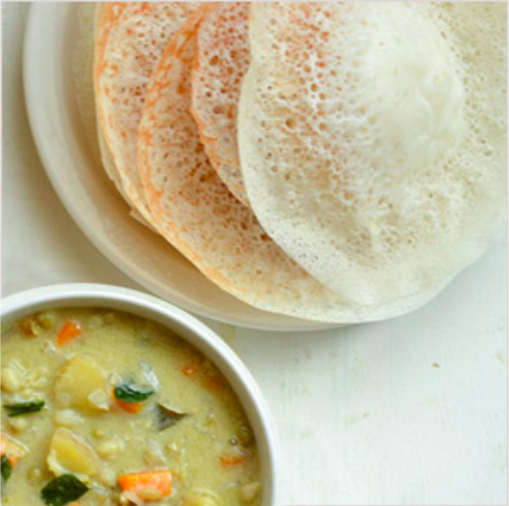
Appam and Ishtu
Kerala’s culinary culture is enormously shaped by its history and interaction with various communities. Centuries of overseas influences have helped Kerala to develop a unique composite culinary culture. Food and culinary habits are not limited by religious boundaries among the Malayalis, and every delicacy is enjoyed with equal enthusiasm. This makes Kerala not just a state, but God’s own Country!
 Government of India
Government of India






























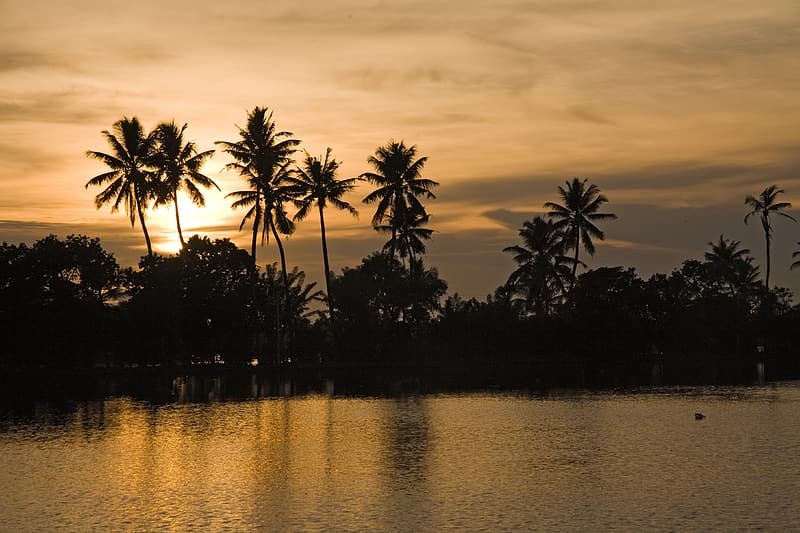
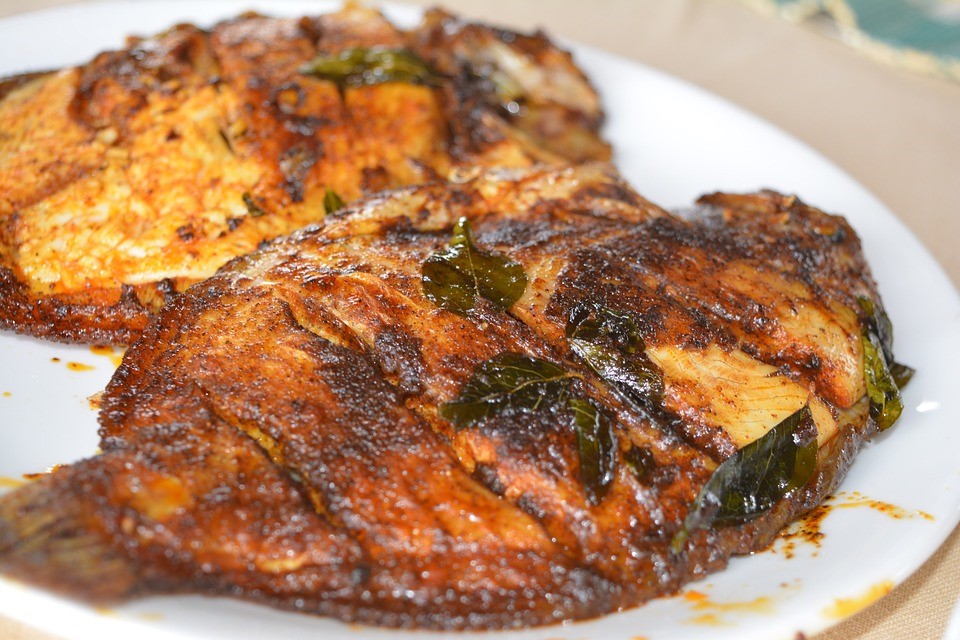

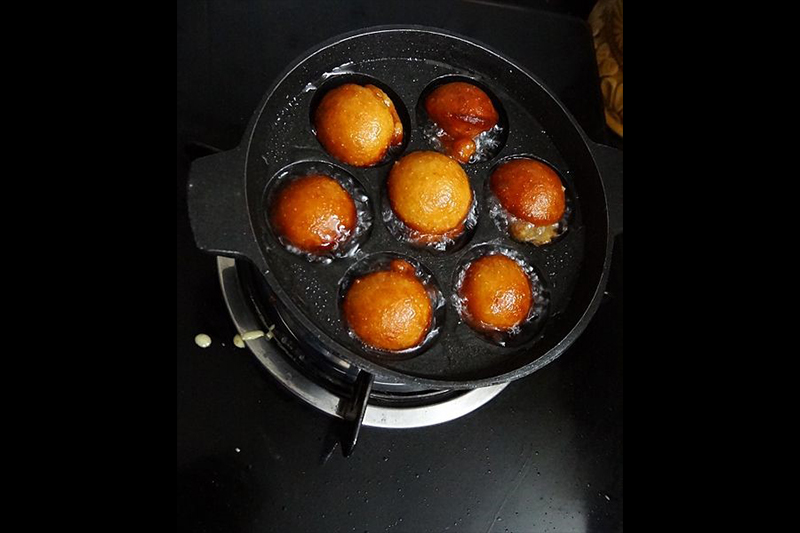
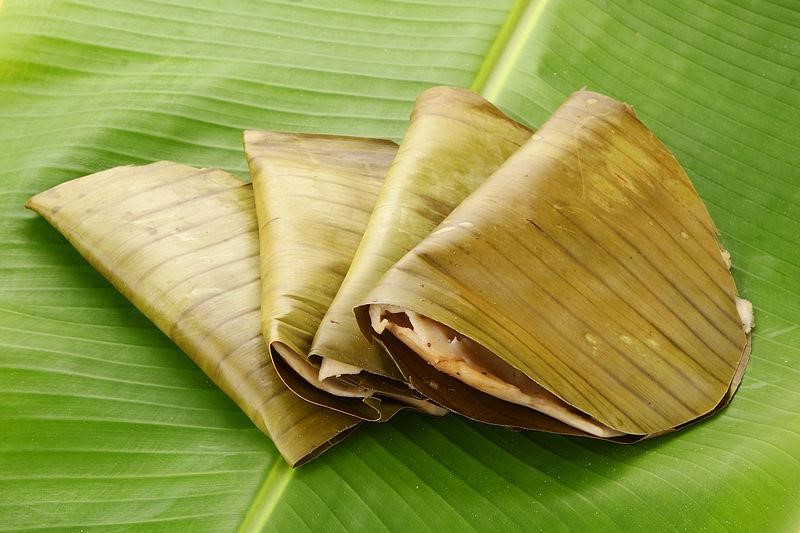

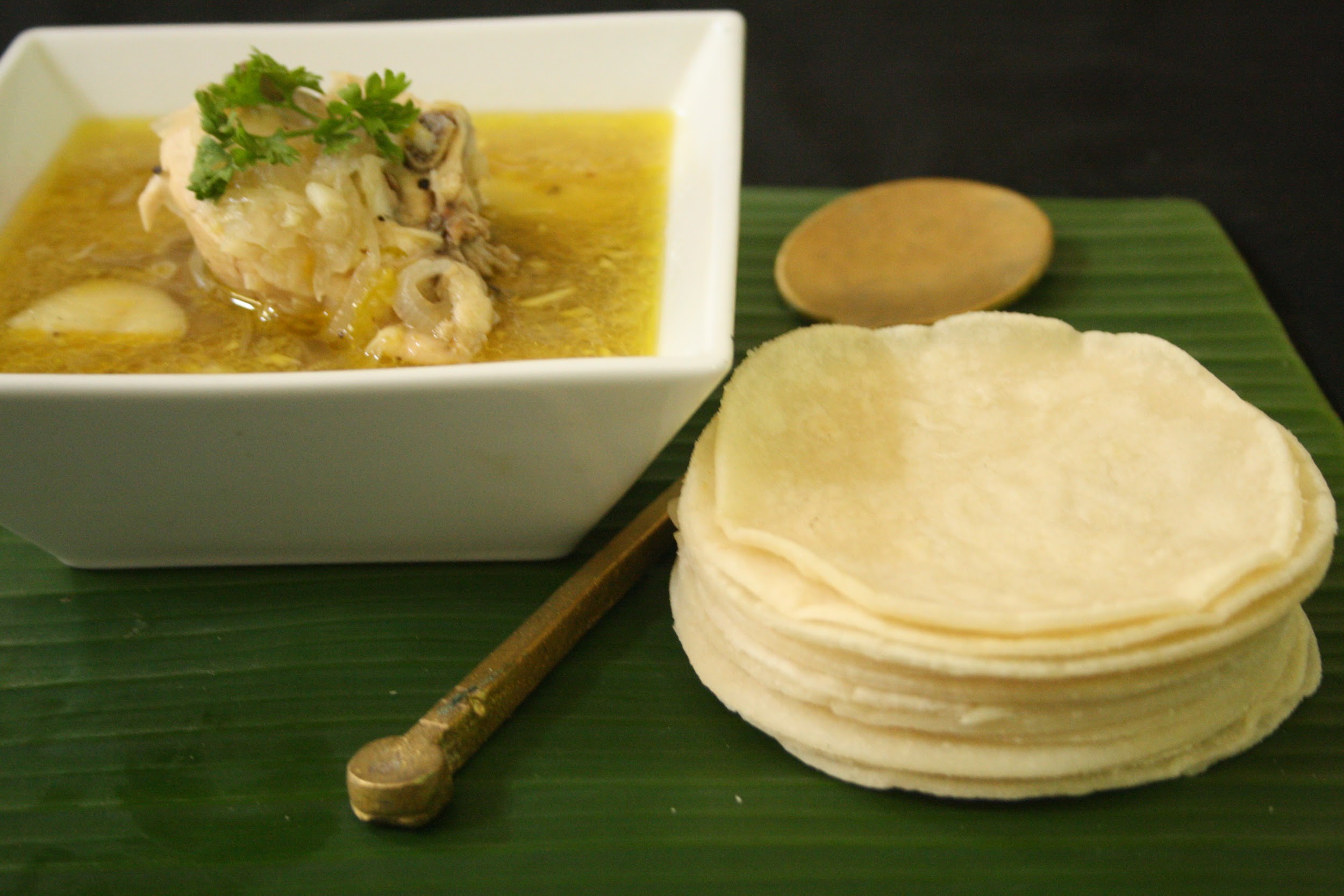
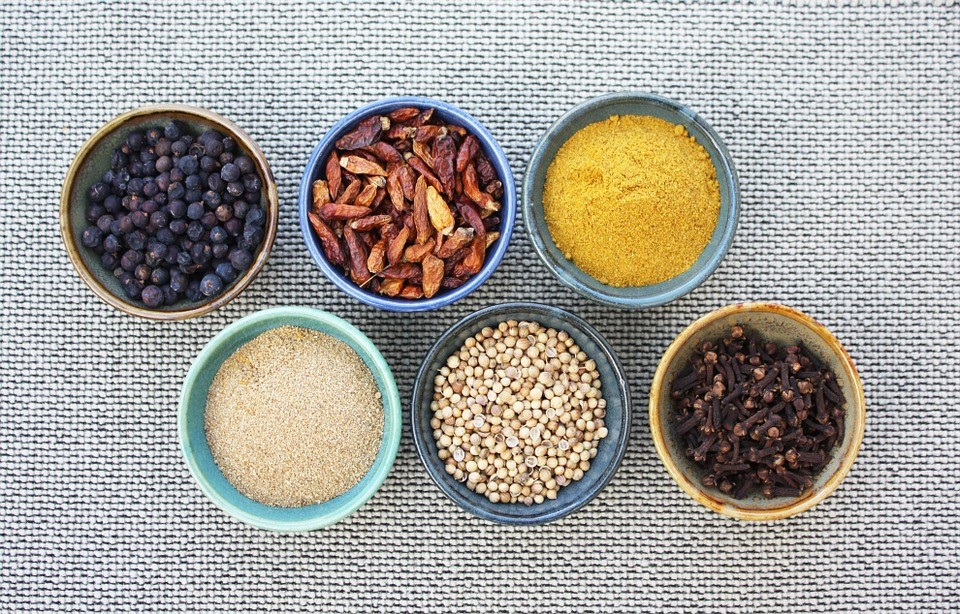
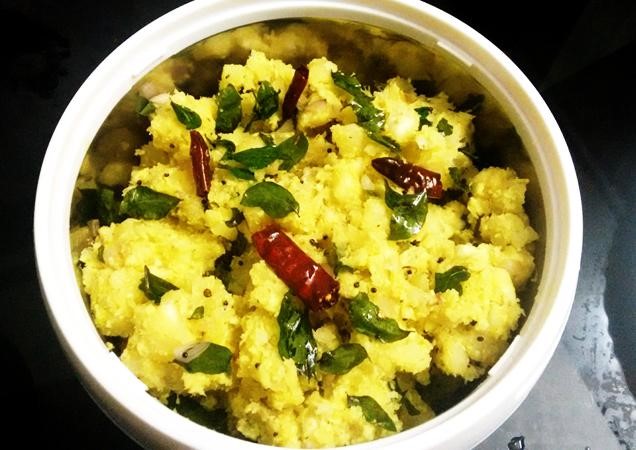

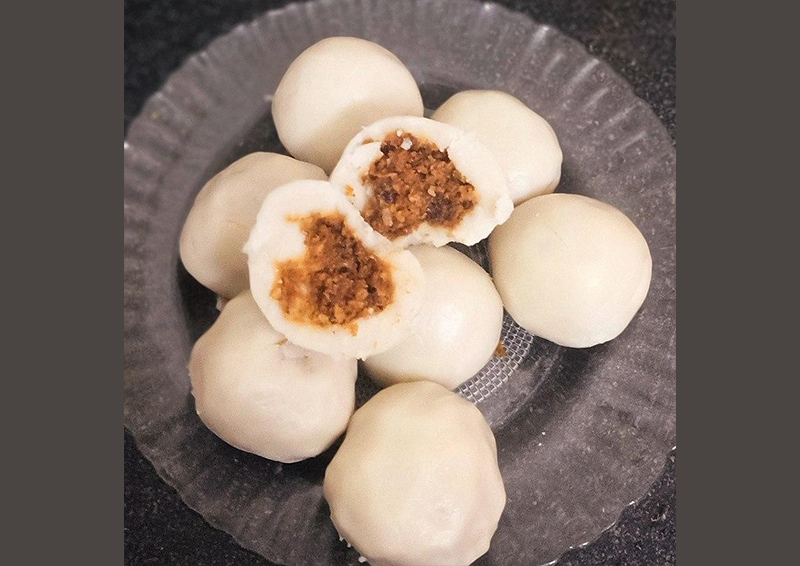
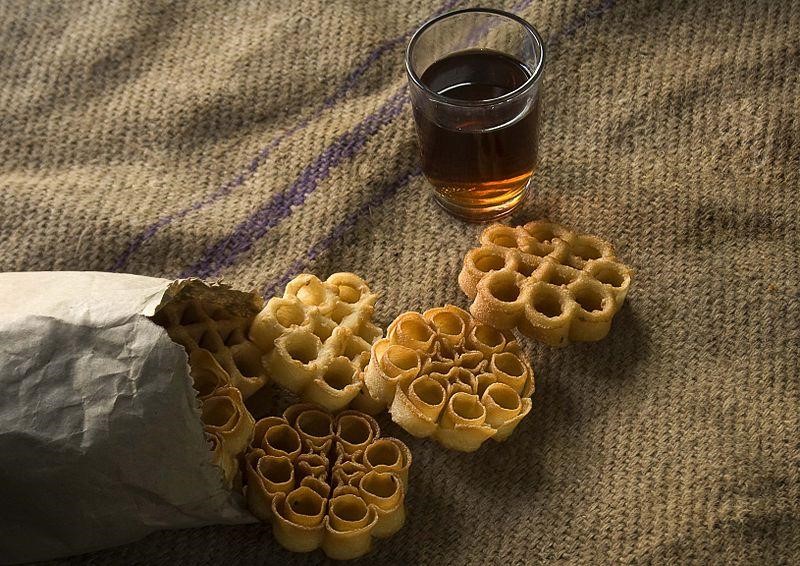


 Recognizing the ongoing need to position itself for the digital future, Indian Culture is an initiative by the Ministry of Culture. A platform that hosts data of cultural relevance from various repositories and institutions all over India.
Recognizing the ongoing need to position itself for the digital future, Indian Culture is an initiative by the Ministry of Culture. A platform that hosts data of cultural relevance from various repositories and institutions all over India.

